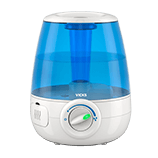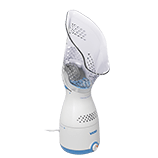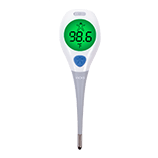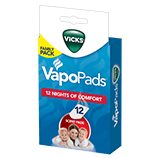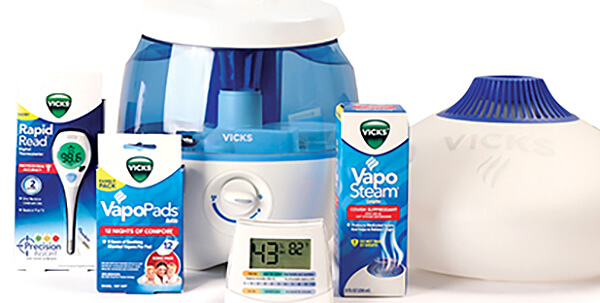
- Products
- Resources
-
-
Vicks products are available for purchase online and in-store at most major retailers.
-
-
- Support
-
-
VICKS SUPPORT
View product-specific FAQs & videos
-
-
- Products
- Resources
- SUPPORT
- Warranty Registration
- Contact Us
How to Choose the Right Cold Water Humidifier for Your Home
Humidifiers play a critical role in maintaining indoor air quality, especially during dry seasons when humidity levels can drop significantly. A cold water humidifier is particularly effective in adding moisture to the air without raising the temperature, making it a popular choice for households looking to improve comfort and reduce health issues associated with dry air. According to the Environmental Protection Agency (EPA), maintaining indoor humidity levels between 30% and 50% can help alleviate problems such as dry skin, respiratory issues, and static electricity.
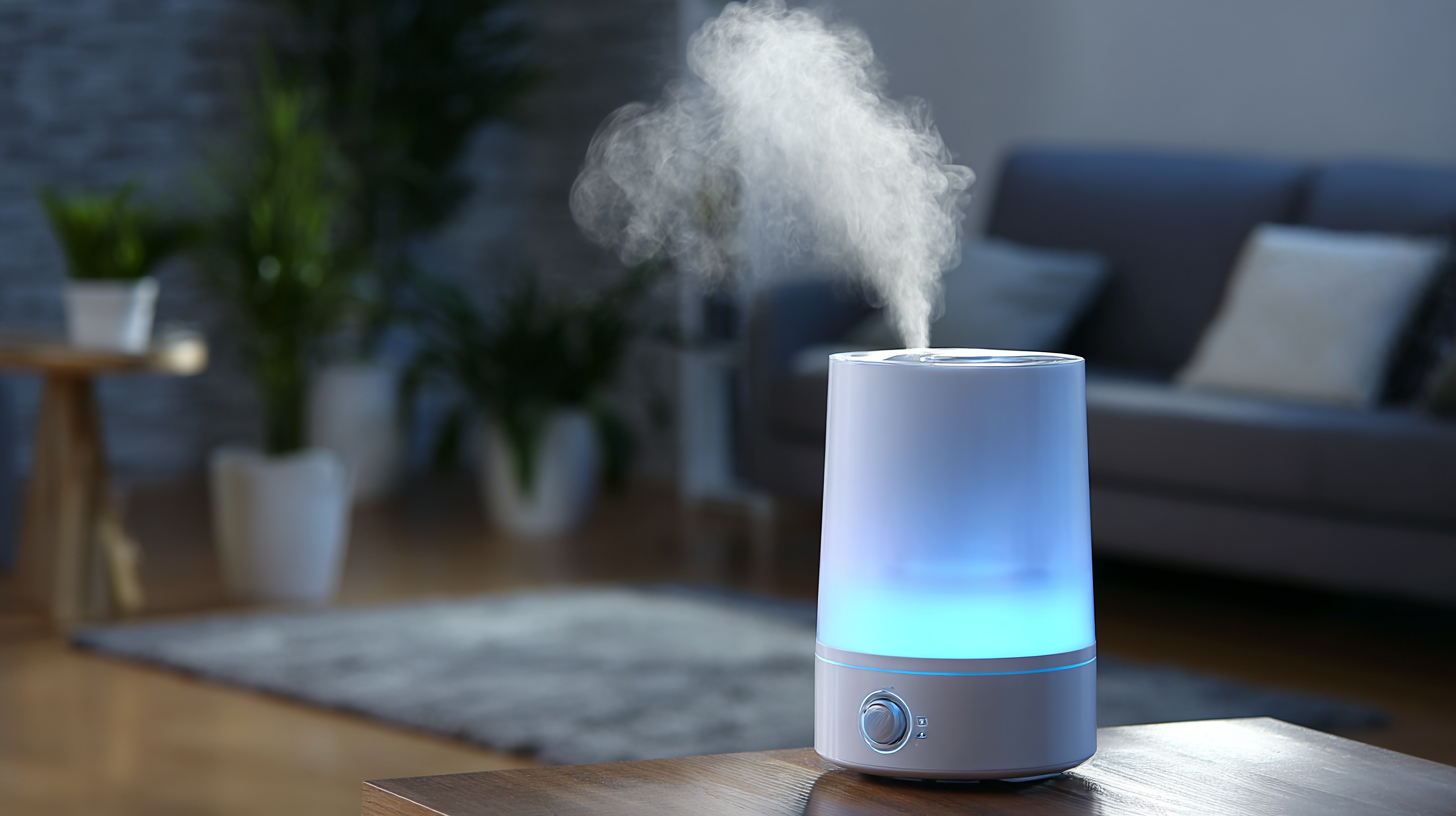
Additionally, the global humidifier market is projected to reach $2.5 billion by 2025, reflecting a growing awareness of the importance of achieving optimal humidity levels in homes. Selecting the right cold water humidifier involves understanding various factors, including the unit’s capacity, maintenance needs, and the specific requirements of your living space, ensuring a healthier and more comfortable environment for you and your family.
Understanding the Different Types of Cold Water Humidifiers Available
When selecting a cold water humidifier for your home, it's essential to understand the various types available on the market. Broadly, these humidifiers can be classified into three categories: evaporative, ultrasonic, and steam vaporizers. According to a report by Grand View Research, the global humidifier market is projected to reach USD 2.42 billion by 2025, highlighting the growing demand for effective humidification solutions that cater to different household needs.
Evaporative humidifiers work by using a fan to draw air through a wet wick, causing water to evaporate into the air. These models are self-regulating, as they automatically adjust their output based on the humidity level in the environment. Meanwhile, ultrasonic humidifiers utilize high-frequency vibrations to produce a fine mist, requiring less maintenance and energy consumption. A study from the American Society of Heating, Refrigerating, and Air-Conditioning Engineers found that ultrasonic devices may consume up to 80% less energy than traditional humidifiers, making them an appealing option for energy-conscious consumers. Lastly, steam vaporizers heat water to produce steam, which is then cooled before being released into the room, offering another alternative for humidification.
As homeowners consider their options, understanding these distinctions will help them choose a cold water humidifier that best fits their specific requirements, whether it be for health benefits, energy efficiency, or ease of use.
Key Factors to Consider When Choosing a Cold Water Humidifier
When selecting a cold water humidifier for your home, several key factors must be considered to ensure it meets your needs effectively. First, evaluate the size of the space you intend to humidify. Humidifiers vary in capacity, and a model suited for a small room may not effectively service a larger area. Look for specifications indicating the coverage area to match your expectations.
Another important factor is the type of humidifier. Evaporative models are popular for their self-regulating properties; they use a fan to blow air through a wet wick, evaporating water into the air. Ultrasonic humidifiers, in contrast, use high-frequency vibrations to create a fine mist and are generally quieter. Also, consider the ease of maintenance. Regular cleaning is necessary to prevent mold and bacteria, so choose a model with accessible parts and a straightforward cleaning process to promote healthy indoor air quality.
How to Choose the Right Cold Water Humidifier for Your Home - Key Factors to Consider When Choosing a Cold Water Humidifier
| Feature | Description | Considerations |
|---|---|---|
| Capacity | The amount of water the humidifier can hold, impacting the duration of humidity output. | Choose based on the size of the room and frequency of use. |
| Ease of Cleaning | Some models require more maintenance than others to prevent mold and bacteria growth. | Look for models with removable parts and accessible designs. |
| Noise Level | The sound produced during operation, which can affect comfort, especially during sleep. | Check user reviews for noise complaints. |
| Humidistat | A built-in feature that monitors and maintains the desired humidity level. | Automatic shut-off is beneficial for energy efficiency. |
| Portability | Weight and design that allow easy movement between rooms. | Consider models with wheels or compact designs for easy transport. |
| Type of Humidifier | Evaporative, Ultrasonic, or Steam - each type has unique benefits and drawbacks. | Research the pros and cons of each type to determine which suits your needs. |
Assessing the Size and Capacity of Humidifiers for Your Space
When selecting a cold water humidifier for your home, understanding the size and capacity required for your space is crucial.
Humidifiers come in various sizes, designed to accommodate different room dimensions.
To determine the appropriate size, measure the square footage of the area where you plan to use the humidifier.
Most manufacturers provide recommended coverage areas, indicating whether a particular unit is suitable for small, medium, or large rooms.
This ensures that you select a humidifier that effectively raises humidity levels without overworking the machine or wasting energy.
Additionally, consider the humidifier's output capacity, often measured in gallons per day.
A higher output capacity is essential for larger spaces or rooms with high ceilings, as it allows for adequate humidity distribution.
For smaller rooms, a unit with a lower output capacity will suffice.
It's also beneficial to assess the humidity levels in your home; using a hygrometer can provide insights into your current conditions, allowing you to select a humidifier that meets your specific needs.
By carefully evaluating both size and output capacity, you can choose a cold water humidifier that provides optimal comfort and air quality throughout your home.
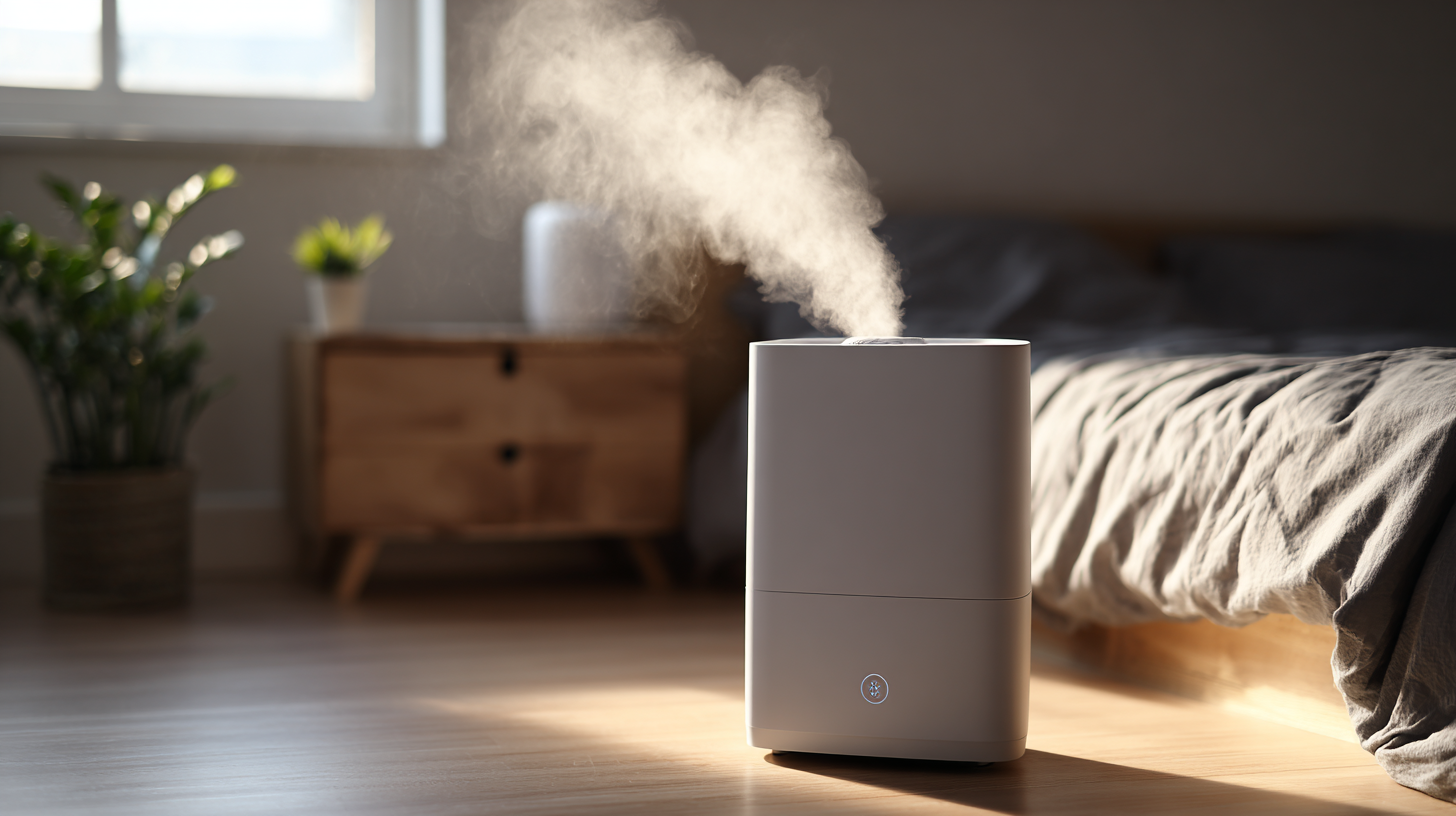
Evaluating Noise Levels and Features for Comfortable Use
When selecting the right cold water humidifier for your home, it's crucial to evaluate not only its performance but also its noise levels and features. A humidifier that operates quietly can contribute to a more comfortable and peaceful environment, especially in bedrooms or workspaces. Check the product specifications for decibel ratings and consider models that are specifically designed for quiet operation, often referred to as "whisper-quiet" humidifiers.
Tips for reducing noise include selecting an ultrasonic humidifier, which typically produces minimal sound, or ensuring that the unit is placed on a stable, flat surface to avoid vibrations. Additionally, many modern humidifiers come with features like adjustable mist settings or timers that can enhance user experience while keeping noise to a minimum. These features allow you to customize humidity levels based on your needs while still enjoying a serene atmosphere.
When considering features, look for automatic shut-off capabilities and easy-to-use controls, which can add convenience and improve your overall experience. Some humidifiers even come with built-in hygrometers to monitor current humidity levels, ensuring that your home remains comfortable without any extra effort on your part.
Noise Levels of Different Cold Water Humidifiers
This chart illustrates the noise levels of various cold water humidifiers measured in decibels (dB) at their highest setting. Lower dB values indicate quieter operation, which is essential for comfortable use in living spaces.
Maintaining and Cleaning Your Cold Water Humidifier Effectively
Maintaining and cleaning your cold water humidifier effectively is crucial for ensuring its optimal performance and extending its lifespan. According to a report by the Environmental Protection Agency, improper maintenance of humidifiers can lead to an increase in allergens and mold, which might severely affect indoor air quality. It is recommended to clean your humidifier at least once a week, especially during peak usage seasons. This involves emptying the tank, rinsing it with water, and using a mixture of vinegar and water to remove mineral build-up.
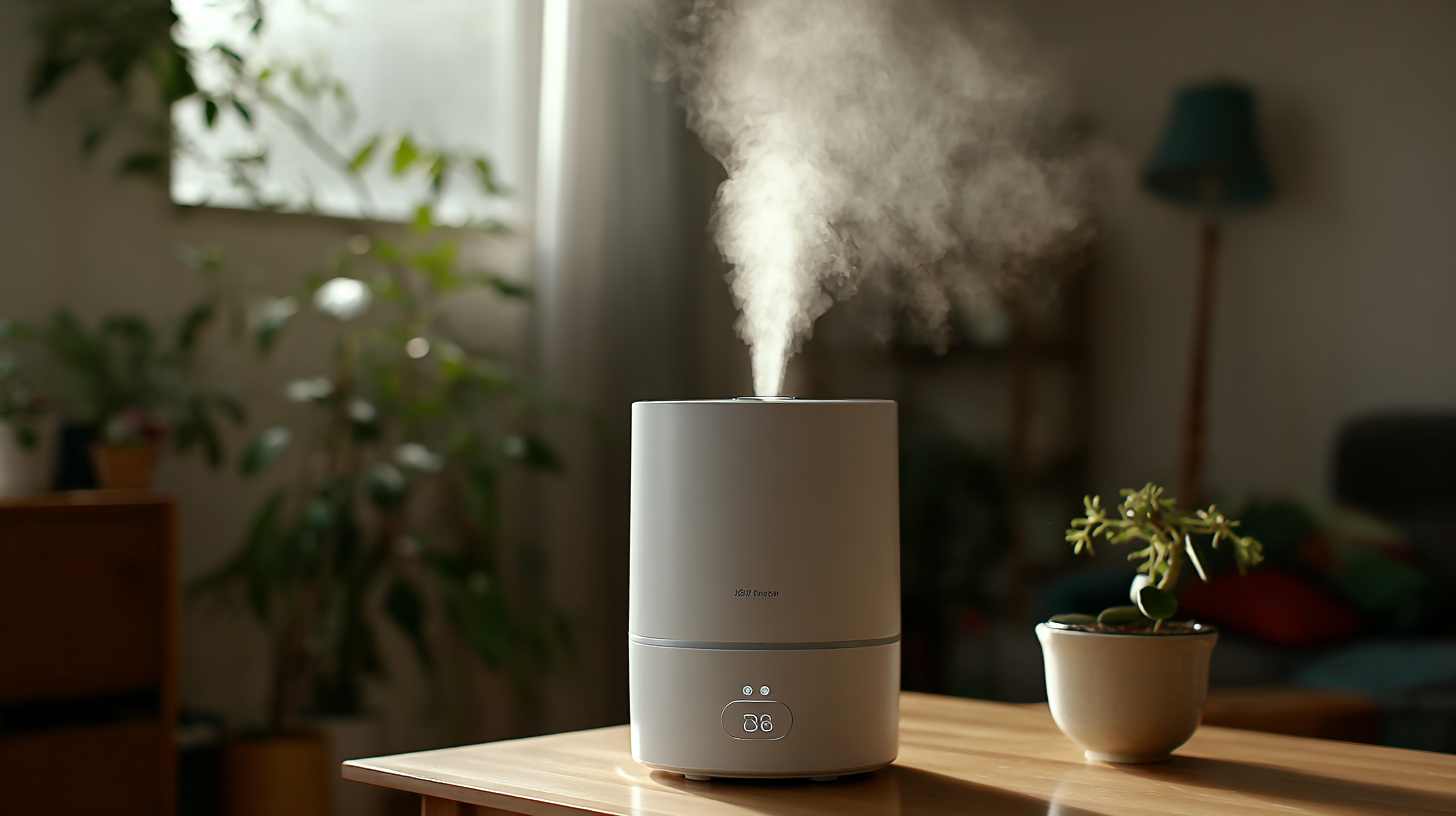
Tip: Always make sure to use distilled water instead of tap water, as this can significantly reduce the amount of mineral buildup in your humidifier. Furthermore, regularly replacing the filter, if your model has one, is essential to avoid bacteria growth. Reports suggest that a clean filter can improve humidity efficiency by up to 30%.
Another key aspect of maintenance is monitoring humidity levels in your home. The optimal indoor humidity level is between 30% and 50%. Using a hygrometer can help you keep track of these levels. Excess humidity can lead to mold growth, while insufficient humidity can cause dry skin and respiratory issues.
Tip: To promote an even distribution of moisture, position the humidifier away from walls and furniture, and consider running it on a low setting for efficient operation.
Related Posts
-
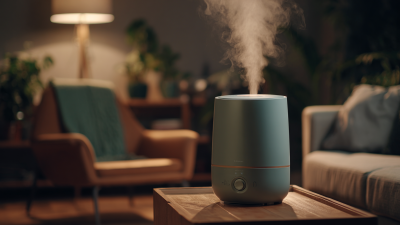
How to Choose the Best Cold Air Humidifier for Your Home Environment
-

Evaluating the Best Small Warm Mist Humidifiers: Which One Suits Your Needs?
-
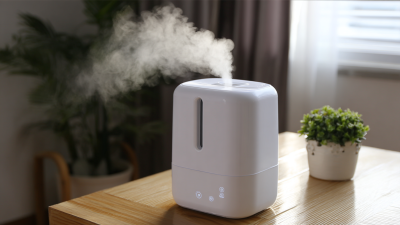
Experience Superior Quality with China's Leading Export in Small Warm Mist Humidifiers
-
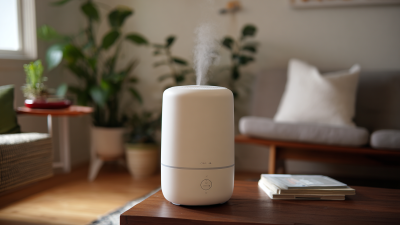
7 Essential Tips for Choosing the Best Hot Humidifier for Your Home
-
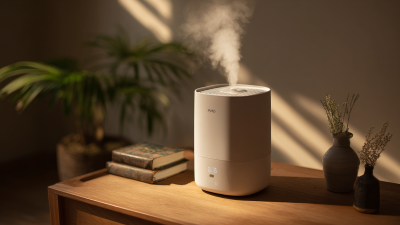
Understanding Industry Standards for the Best Filter Free Cool Mist Humidifier and How to Choose the Right One
-

7 Top Benefits of Using a Warm Humidifier for Your Home Comfort




